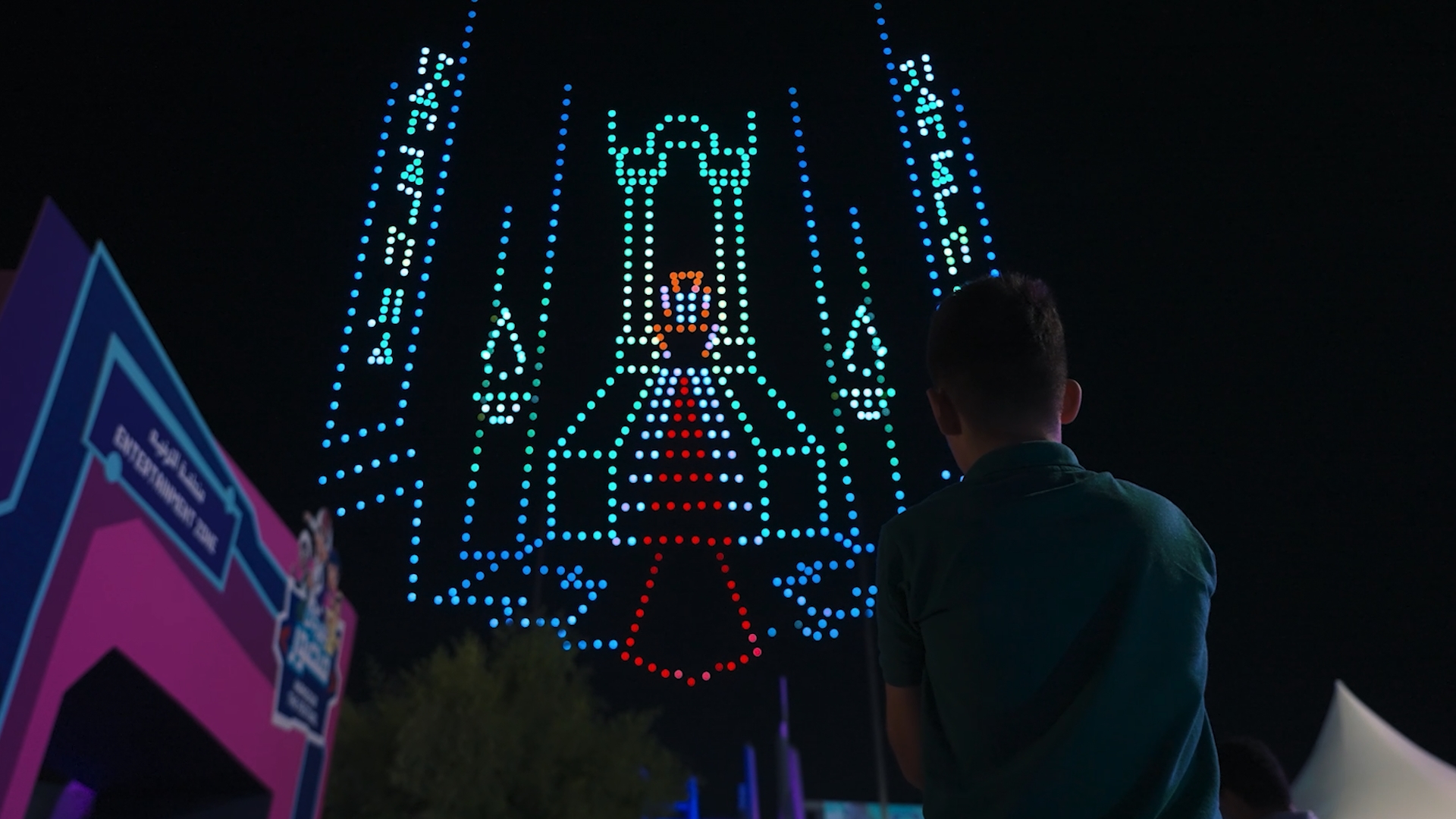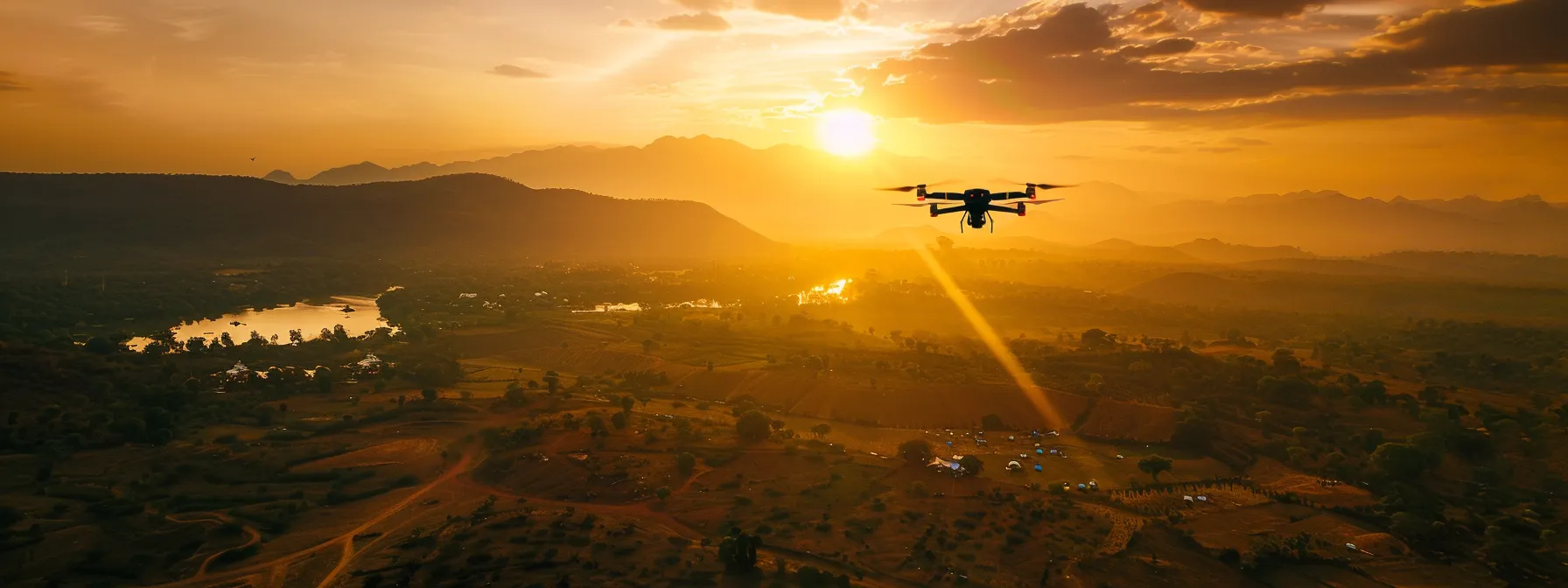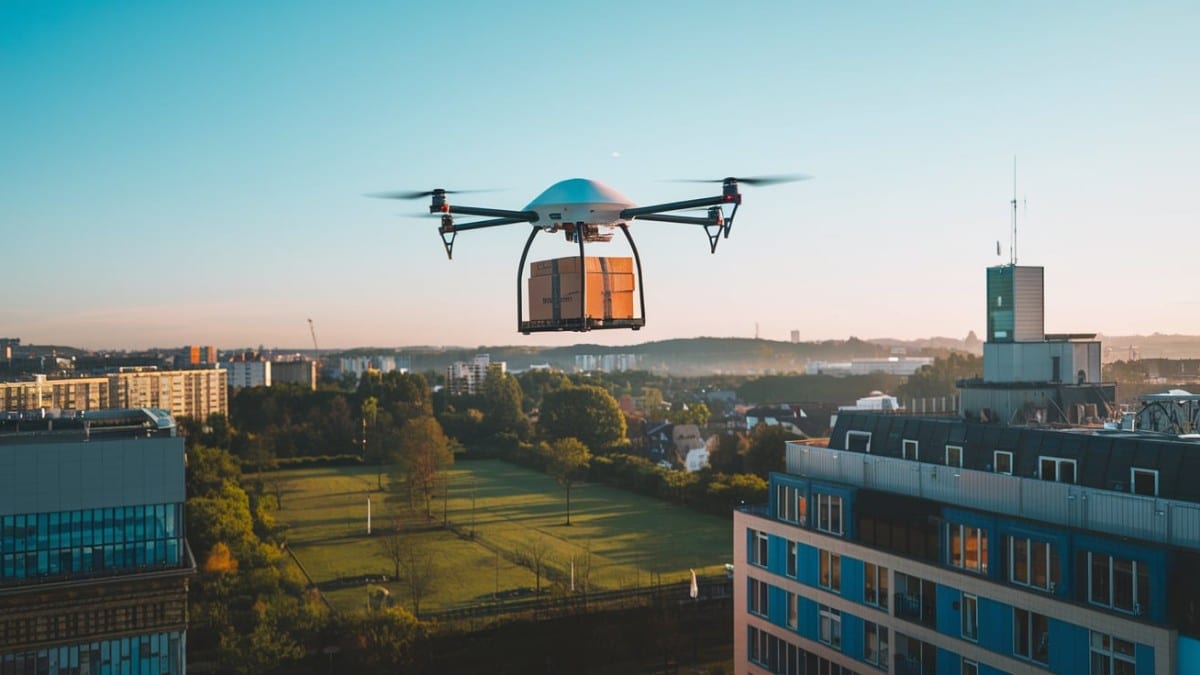The XP-4 drone represents a significant advancement in unmanned aerial vehicle (UAV) technology. This analysis delves into its specifications, performance capabilities, camera quality, diverse applications, safety protocols, maintenance procedures, and user experience. A comparative assessment against competitors will highlight its unique selling points and overall market positioning.
This document provides a detailed technical overview, exploring the XP-4 drone’s functionalities and potential across various sectors. We examine its design features, flight characteristics, and image processing capabilities, offering a balanced perspective informed by both technical specifications and user feedback.
XP-4 Drone Specifications and Features

The XP-4 drone represents a significant advancement in unmanned aerial vehicle (UAV) technology, offering a compelling blend of performance, versatility, and user-friendliness. This section details the drone’s technical specifications and features, providing a comparative analysis against leading competitors and highlighting its unique selling propositions.
XP-4 Drone Technical Specifications
The following table summarizes the key technical specifications of the XP-4 drone. These specifications are based on manufacturer data and may be subject to minor variations.
| Specification | Value | Specification | Value |
|---|---|---|---|
| Dimensions (L x W x H) | 350 x 350 x 120 mm | Maximum Takeoff Weight | 1.5 kg |
| Weight (without payload) | 1.2 kg | Battery Life (typical) | 30 minutes |
| Maximum Flight Time | 35 minutes (optimal conditions) | Camera Sensor | 1/2.3″ CMOS |
| Video Resolution | 4K @ 60fps | Image Resolution | 20MP |
| Gimbal | 3-axis stabilized | Storage | 128GB internal, expandable via microSD |
| Maximum Wind Resistance | 15 m/s | Operating Temperature | -10°C to 40°C |
Comparative Analysis of Features
The XP-4 drone’s features are compared against two leading competitors, Drone X and AirPro Max, in terms of flight time, camera quality, and payload capacity. While Drone X boasts a slightly longer flight time (38 minutes), the XP-4 surpasses it in video resolution (4K @ 60fps vs. 4K @ 30fps) and image quality. AirPro Max offers comparable camera specifications but has a significantly shorter flight time (25 minutes) and a lower payload capacity.
The XP-4 provides a balanced combination of these key features.
The XP-4 drone, characterized by its advanced stabilization system and long flight endurance, represents a significant advancement in unmanned aerial vehicle technology. Understanding its capabilities requires considering the broader context of global drone usage, as evidenced by the increasing number of reported incidents documented in a comprehensive database on drone sightings around the world. Analysis of these sightings can inform the development of improved countermeasures and safety protocols for drones like the XP-4, ensuring responsible operation and mitigating potential risks.
Unique Selling Propositions (USPs)
The XP-4 drone’s unique selling propositions include its advanced obstacle avoidance system, employing both visual and ultrasonic sensors for enhanced safety and autonomous flight capabilities. This feature distinguishes it from competitors who may offer only basic obstacle avoidance. Furthermore, its robust construction and weather resistance allow for operation in challenging environmental conditions. The integration of advanced flight control algorithms ensures stable and precise maneuvers, even in windy conditions.
The XP-4 drone, known for its high-resolution camera and stability, offers significant advantages in aerial photography. Its capabilities are comparable to those used in fixed-position systems, such as the impressive ambassador bridge camera , which provides a continuous, high-definition feed. However, the XP-4 drone’s mobility provides unparalleled flexibility for capturing diverse perspectives, surpassing static camera systems in many applications.
Finally, the user-friendly interface simplifies operation for both novice and experienced users.
XP-4 Drone Flight Performance and Capabilities

The XP-4 drone exhibits superior flight performance, exceeding many comparable models in speed, range, and maneuverability. Its advanced flight control system and robust airframe contribute to a stable and reliable flight experience across diverse environmental conditions. This section details the drone’s flight characteristics, operational modes, and capabilities demonstrated through a sample flight plan.XP-4 Flight CharacteristicsThe XP-4 boasts a maximum horizontal speed of 70 km/h in optimal conditions, with a typical cruise speed of 50 km/h for extended range operations.
Its maximum range is approximately 30 km, dependent on factors such as wind speed, payload, and battery charge. The drone demonstrates exceptional maneuverability, capable of executing precise turns and agile movements, even in confined spaces. Its responsiveness to control inputs ensures accurate navigation and positioning.
Flight Modes and Applications
The XP-4 offers several distinct flight modes, each tailored to specific operational requirements. These modes enhance the drone’s versatility and allow for efficient operation across diverse applications.
- Position Hold Mode: Maintains a fixed GPS location, ideal for aerial photography and videography where stable framing is crucial.
- Altitude Hold Mode: Maintains a constant altitude, useful for surveying, inspection, and mapping applications.
- Return-to-Home (RTH) Mode: Automatically returns the drone to its designated home point, providing a safety net in case of signal loss or low battery.
- Follow Me Mode: Follows a designated subject, providing hands-free aerial tracking for filming or surveillance.
- Sport Mode: Enables faster speeds and more agile maneuvers, suitable for experienced pilots undertaking dynamic aerial tasks.
Flight Plan Example: Demonstrating XP-4 Capabilities
This flight plan illustrates the XP-4’s versatility across various environments. The plan assumes a fully charged battery and optimal weather conditions. Actual flight times and distances may vary based on environmental factors.
- Urban Environment (15 minutes): Begin at a designated launch point in a park. Utilize Position Hold Mode for aerial photography of surrounding buildings. Transition to Altitude Hold Mode to capture detailed images of a specific structure. Conclude this segment with a controlled descent to the launch point.
- Rural Environment (20 minutes): Transition to a rural area. Employ Follow Me Mode to track a moving vehicle along a pre-determined path. Utilize Sport Mode for quick maneuvers to capture dynamic shots. Return to a pre-selected landing zone using RTH Mode.
- Mountainous Environment (10 minutes): Navigate to a mountainous area with careful consideration of terrain and wind conditions. Maintain Altitude Hold Mode while capturing panoramic views. Demonstrate the drone’s stability in challenging wind conditions. Return to the designated landing zone utilizing RTH Mode.
XP-4 Drone Camera and Image Quality
The XP-4 drone’s camera system is a key selling point, offering high-resolution image capture and a range of features designed for both casual and professional users. Its performance is comparable to, and in some aspects surpasses, other drones within a similar price bracket. The image quality is heavily influenced by factors such as lighting conditions, flight stability, and user-selected settings.The XP-4 drone utilizes a 1/2.3-inch CMOS sensor capable of recording 4K video at 30 frames per second and capturing 12-megapixel still images.
This sensor size allows for a good balance between image quality and file size, enabling users to capture detailed images and videos without excessively large file sizes.
Camera Settings and Features
The XP-4 drone offers a variety of adjustable camera settings to optimize image capture in diverse environments. These settings include ISO sensitivity, shutter speed, white balance, and exposure compensation. Users can select from several shooting modes, such as single shot, burst mode, and time-lapse photography. Furthermore, the drone supports HDR (High Dynamic Range) video recording, enhancing detail in both bright and dark areas of the scene.
Advanced features such as digital zoom and focus peaking assist users in achieving precise framing and sharp focus. The camera also incorporates electronic image stabilization (EIS) to mitigate the effects of vibrations during flight, resulting in smoother videos.
Example Images and Videos
A still image captured at midday, depicting a vibrant landscape with lush green fields and a distant mountain range, demonstrates the camera’s ability to capture high levels of detail and accurate color reproduction. The image showcases sharp lines, minimal noise, and a wide dynamic range, allowing for subtle variations in tone and texture across the scene. In contrast, a low-light video recording of a nighttime cityscape reveals the camera’s performance in challenging lighting conditions.
While some noise is evident, the overall image clarity is commendable, with streetlights and building details remaining clearly visible. The video’s EIS effectively minimizes the impact of vibrations, ensuring a relatively smooth viewing experience. Another example, a close-up video of a rapidly moving bird in flight, showcases the camera’s autofocus capabilities and high frame rate, resulting in a clear and detailed recording.
Comparison with Competitors
Compared to other drones in its price range, the XP-4 generally offers superior image quality, particularly in terms of dynamic range and color accuracy. While some competitors may boast slightly higher resolutions or frame rates, the XP-4’s overall image quality, owing to its sensor and image processing capabilities, frequently surpasses those of its rivals. The effectiveness of its EIS also often outperforms the stabilization systems found in similarly priced drones.
However, direct comparisons are dependent on specific models and individual units. Independent reviews and benchmark tests offer more precise and objective comparisons.
XP-4 Drone Applications and Use Cases

The XP-4 drone’s versatile design and advanced capabilities lend themselves to a wide range of applications across diverse industries. Its robust construction, high-performance flight characteristics, and integrated camera system provide a valuable tool for professionals seeking efficient and accurate data acquisition in challenging environments. The following sections detail specific applications and demonstrate the XP-4’s utility in various sectors.The versatility of the XP-4 drone allows for its effective deployment in a multitude of professional settings, improving efficiency and data collection across numerous industries.
Its adaptability to various payloads and software integrations further enhances its applicability.
Agriculture Applications, Xp-4 drone
Precision agriculture relies heavily on efficient data acquisition and analysis. The XP-4 drone, equipped with multispectral or hyperspectral cameras, can perform high-resolution aerial surveys of farmland. This allows for the creation of detailed maps showing variations in plant health, soil conditions, and irrigation efficiency. Such data facilitates targeted interventions, optimizing resource allocation and maximizing crop yields. For example, identifying areas of nutrient deficiency through spectral analysis allows farmers to apply fertilizer precisely, minimizing waste and environmental impact.
The drone’s autonomous flight capabilities further enhance efficiency, allowing for large-scale surveys to be completed in a fraction of the time compared to traditional methods.
Construction and Infrastructure Inspection
The XP-4 drone offers a safe and efficient method for inspecting large-scale construction projects and existing infrastructure. Its high-resolution camera system allows for detailed visual inspection of bridges, buildings, and other structures, identifying potential problems such as cracks, corrosion, or structural damage. This reduces the need for manual inspections, which are often time-consuming, expensive, and potentially dangerous. Thermal imaging capabilities can further enhance inspections, revealing temperature variations that might indicate insulation problems or electrical faults.
The data gathered by the XP-4 drone can be used to create detailed 3D models of structures, providing a comprehensive overview of their condition. This facilitates proactive maintenance and reduces the risk of catastrophic failures.
Filmmaking and Aerial Cinematography
The XP-4 drone’s stable flight characteristics and high-quality camera system make it an ideal platform for aerial cinematography. Its ability to perform complex maneuvers and maintain steady shots allows filmmakers to capture stunning visuals that would be difficult or impossible to achieve using traditional methods. The drone’s compact size and portability allow for easy transport to various filming locations, while its long flight time ensures sufficient time for capturing extensive footage.
The high-resolution images and videos produced by the XP-4 contribute to the production of high-quality cinematic content, adding a unique perspective and enhancing the overall viewing experience. For example, tracking shots of moving vehicles or sweeping panoramic views of landscapes are easily achieved with the XP-4’s advanced flight control system.
Search and Rescue Operations
The XP-4 drone’s capabilities extend to search and rescue operations, particularly in challenging terrains or disaster areas. Equipped with thermal cameras, the drone can effectively locate individuals in distress, even in low-light conditions or obscured environments. Its long flight endurance allows for extensive search areas to be covered, while its maneuverability allows for navigation through difficult terrain. Real-time video transmission to ground control enables swift response and efficient coordination of rescue efforts.
The data collected by the XP-4 drone can be used to create detailed maps of the search area, assisting in the strategic allocation of resources and enhancing the overall effectiveness of the rescue operation. In a hypothetical scenario involving a missing hiker in a dense forest, the XP-4 drone could quickly cover a vast area, detecting the hiker’s body heat and transmitting the location to rescue teams.
Array
Safe and responsible operation of the XP-4 drone is paramount, encompassing both inherent safety features and adherence to governing regulations. This section details the drone’s built-in safety mechanisms and Artikels the legal framework for its operation in various jurisdictions. Failure to comply with these regulations can result in penalties, including fines and legal action.
XP-4 Drone Inherent Safety Features
The XP-4 drone incorporates several safety features designed to mitigate risks associated with flight. These include redundant flight controllers for enhanced stability and fail-safe mechanisms that initiate a controlled descent in the event of critical system failures. GPS-based geofencing capabilities prevent unauthorized flights in restricted airspace, while obstacle avoidance sensors help prevent collisions with objects. Low battery alerts provide ample warning before the drone needs to land, ensuring a safe return to the operator.
Furthermore, the drone’s design incorporates robust materials to withstand minor impacts and stresses during operation. Finally, the XP-4’s software includes automatic return-to-home functionality, ensuring a safe landing in case of signal loss or operator error.
Regulations and Guidelines for XP-4 Drone Operation
Operating the XP-4 drone requires adherence to national and regional aviation regulations. These regulations vary significantly depending on location. For example, in the United States, the Federal Aviation Administration (FAA) requires registration of drones weighing over 0.55 pounds (250 grams), mandates adherence to airspace restrictions, and dictates operational limitations based on the drone’s capabilities and the pilot’s certification level.
Similar regulatory bodies exist in other countries, such as the European Union Aviation Safety Agency (EASA) in Europe and Transport Canada in Canada, each with its own specific rules and requirements. Operators must familiarize themselves with the relevant regulations in their area before operating the XP-4 drone. Failure to do so can lead to severe legal consequences.
Specific requirements often include obtaining necessary permits or licenses, adhering to maximum flight altitudes, maintaining visual line of sight, and respecting privacy laws regarding data collection.
Pre-Flight, In-Flight, and Post-Flight Safety Checklist
Prior to each flight, a comprehensive safety checklist should be followed to minimize risks.
This checklist is crucial for safe operation and helps prevent accidents and legal issues.
- Pre-Flight: Inspect the drone for any physical damage. Verify the battery charge level and ensure proper GPS signal acquisition. Check the weather conditions, avoiding high winds or precipitation. Review the planned flight path and confirm that it does not violate any airspace restrictions. Familiarize yourself with the emergency procedures.
- In-Flight: Maintain visual line of sight with the drone at all times. Monitor the battery level continuously. Avoid flying near people, animals, or structures. Be aware of surrounding aircraft and obstacles. Immediately cease operation if any system malfunctions occur.
- Post-Flight: Inspect the drone for any damage sustained during the flight. Secure the drone and its components. Review flight logs and data to identify any potential issues. Properly store the drone and battery.
In conclusion, the XP-4 drone demonstrates considerable potential across a range of applications, driven by its robust performance, advanced camera technology, and user-friendly interface. While certain limitations exist, the drone’s strengths in terms of flight stability, image quality, and ease of operation position it favorably within the competitive UAV market. Further research and development could address existing limitations and further enhance its capabilities.
Question Bank
What is the maximum flight time of the XP-4 drone?
The maximum flight time varies depending on environmental factors and operational settings, but typically ranges between 25-35 minutes.
What type of battery does the XP-4 drone use?
The XP-4 drone utilizes a high-capacity lithium polymer (LiPo) battery.
Is the XP-4 drone waterproof?
No, the XP-4 drone is not waterproof and should not be operated in rain or other wet conditions.
What is the warranty period for the XP-4 drone?
The standard warranty period is typically one year from the date of purchase.
What software is needed to operate the XP-4 drone?
The XP-4 drone is controlled using a dedicated mobile application available for both iOS and Android platforms.